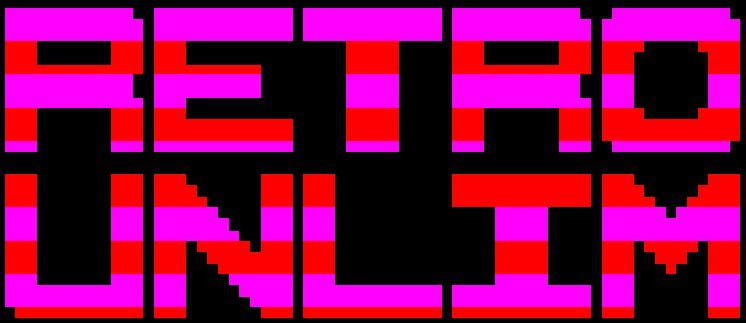Let’s Compare ( Rampart )
Gaming History Source
Video Locations:
1. Arcade 0:39
2. Gameboy 3:59
3. Commodore 64 6:57
4. Gameboy Color 9:55
5. Sega Master System 12:54
6. Famicom ( Konami mode 1 ) 15:52
7. Famicom ( Konami mode 2 ) 18:51
8. Famicom ( Konami mode 3 ) 21:53
9. Famicom ( Konami mode 4 ) 24:48
10. Nintendo Entertainment System 27:47
11. Atari Lynx 30:45
12. Atari ST 33:44
13. Amiga 36:42
14. Gameboy Advance 39:55
15. Genesis / Megadrive 42:53
16. Super Nintendo 45:53
17. MS DOS 48:51
18. PSP 51:50
19. PS2 / Xbox / Gamecube 54:48
Description Source:
https://en.wikipedia.org/wiki/Rampart_%28video_game%29
Rampart is an arcade game, released in 1990 by Atari Games, that combines the shoot ’em up and puzzle genres.
In Rampart, the player is in control of a set of castles, which they must defend, by alternately shooting at attacking ships (or other players), and repairing any damage done to them within a time limit. Surrounding this castle is a wall, made up of small blocks, completely surrounding a region of the board. This area is considered the player’s territory, and it may contain one or more castles, and any number of cannons. The maintenance of this territory is the primary focus of the game. Once the player defeats the opponent, the player can execute the commander, by walking the plank or beheading.
Gameplay:
The single-player game consists of six levels. The ultimate aim is to destroy a fleet of attacking ships while repairing any damage the fort sustains.
At the start of each level, the player chooses the location of their fort from a number of options. This location is then surrounded by a wall to form a castle, which the player can then place cannons within. After this, an attacking round commences, followed by a repair round, where any damage to the castle must be repaired. If the player manages to survive the repair phase (by surrounding at least one castle within a time limit), he is given a short amount of time to place additional cannons within the walls of his fort (if he made room for them), after which the battle resumes.
This cycle continues until either the player fails a repair round, or enough ships in the enemy’s fleet are sunk. When the opposing navy has been sufficiently depleted, the level is won, and the player may then choose another level from the island map.
Place Cannons
After starting a new game or after a successful repair round, the player may gain extra cannons (the number depending on the number of castles captured) to be placed in their territory.
In the SNES and PC versions only, the cannons gained can also be converted into powerups:
The Balloon floats at the beginning of phase 1 to the most powerful enemy ship (for singleplayer) or cannon (for multiplayer) and converts it to the player side for the successive fighting round.
The Supercannon is bigger than the usual cannons and fire red projectiles, which sink any ship in one hit or leave a permanent fire if they hit the landscape
Prepare for Battle
In an attacking round, the player and enemy ships fire at each other using their respective cannons. The player can sink the enemy ships, while the enemy can destroy parts of the player’s perimeter. Enemy ships move around while they fire, making it necessary to lead your target like in Missile Command.
The ‘battle’ phase
Ships come in three types:
Single-sailed ships shoot at your walls and move around, but do little else. It takes two shots to sink one.
Double-sailed ships require three hits to sink, and if they reach the shore they deposit grunts, small tank-like objects that multiply and move around during the repair phase. They can be shot with cannons and destroyed by surrounding them with walls, but they tend to get in the way and are capable of destroying castles if left unchecked. Grunts adjacent to walls during battle can destroy them to get inside a player’s area. (In some home versions of the game, placing a wall on top of a house also creates a grunt.)
Red ships require 5 hits to sink, and their shots leave fiery craters whenever they strike a wall. These craters must be built around during the repair phase, and each persists for three rounds. (Some home versions make this a random number of













